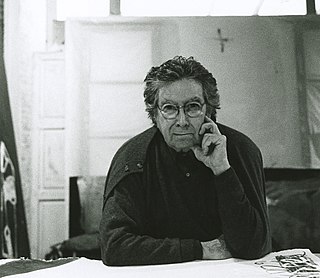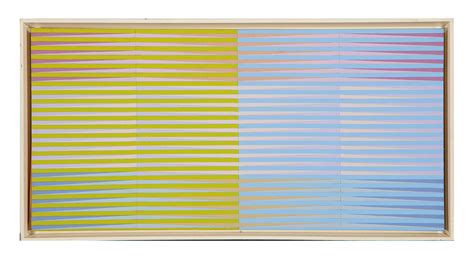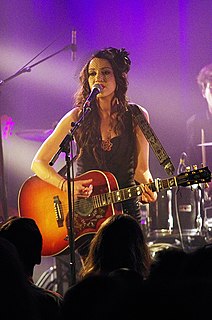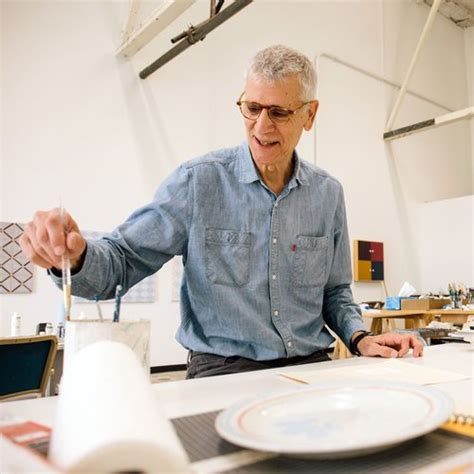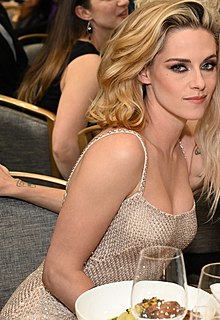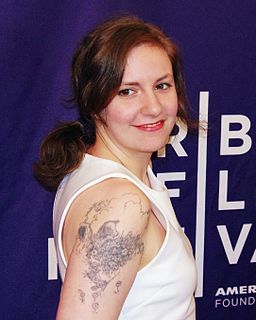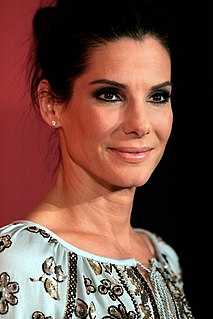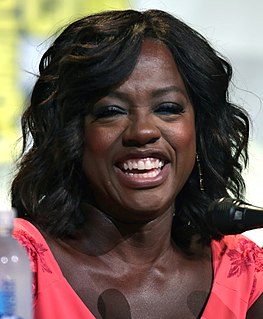A Quote by Laura Harris
Music loud, I can't help but wiggle a bit and I think that movement finds its way into the paintings... I can see it in the strokes.
Related Quotes
People see so many things in the paintings. Although I never think of them, it charms me a little bit that people actually project actual scenarios on to the paintings. Hopefully that means that they have a little bit of life to them. Figuring out the rhythm, the structural element has been the key thing in this work, more than the color element. It really was the variety of different widths that lead to a certain movement, a rhythm. Otherwise I'd fall into anything that was too stripy or almost like bar codes, and it thwarted the natural flow of the painting.
When I first came on the scene, I don't think people knew what to make of the way I dress, my aesthetic and how that ties into my music. It took a lot of explaining. You don't really see females in country music dressed in all black wearing funeral garb with netting on their face. I have a bit of a gothic sense to me in a lot of ways, with a bit of outlaw country, rockabilly and blues. My subject matter is off the cuff a little bit.
There's an appetite for vigour in films. The camera loves a bit of movement. Movement is usually attached to younger people and men, and that's just the way it is. I think that it's a bitter pill to swallow, but it's a fact that there aren't going to be masses and masses of roles for older women because there isn't the audience for it.
You know, for most of its life bluegrass has had this stigma of being all straw hats and hay bales and not necessarily the most sophisticated form of music. Yet you can't help responding to its honesty. It's music that finds its way deep into your soul because it's strings vibrating against wood and nothing else.
I guess there was a little bit of a slight rebellion, maybe a little bit of a renegade desire that made me realize at some point in my adolescence that I really liked pictures that told stories of things - genre paintings, historical paintings - the sort of derivatives we get in contemporary society.



